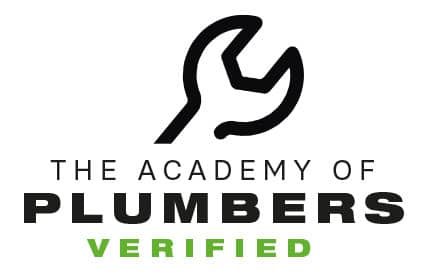Hurricane season in South Carolina can be particularly challenging for commercial manufacturing businesses. The powerful storms bring with them the potential for severe damage, disruptions in operations, and significant financial losses. As hurricane season approaches, it’s crucial to take proactive steps to protect your business, ensure the safety of your employees, and maintain operational continuity. Here are some essential strategies to safeguard your commercial manufacturing business during hurricane season.
- Develop a Comprehensive Emergency Plan
A well-structured emergency plan is the cornerstone of hurricane preparedness. This is in addition to your OSHA-required electrical maintenance roadmap. This plan should detail the steps to be taken before, during, and after a hurricane. Key components of the plan include:
- Emergency Contacts: Maintain an updated list of emergency contacts, including local emergency services, utility companies, suppliers, and key employees.
- Evacuation Procedures: Establish clear evacuation routes and procedures for all employees. Conduct regular drills to ensure everyone knows what to do in an emergency.
- Communication Plan: Develop a communication strategy to keep employees informed about the storm’s progress and any necessary actions. Utilize multiple channels, such as email, text messages, and social media.
- Safeguard Your Facility
Your manufacturing facility is a significant investment, and protecting it from hurricane damage is critical. Consider the following measures:
- Reinforce Structures: Inspect your facility for vulnerabilities. Reinforce windows, doors, and roofs to withstand high winds. Install storm shutters or impact-resistant glass where necessary.
- Elevate Equipment: Elevate critical equipment and electrical systems to protect them from flooding. Ensure that heavy machinery is securely anchored to prevent movement during a storm.
- Backup Power: Invest in backup generators to maintain power during outages. Ensure that generators are properly maintained and tested regularly.
- Protect Your Data
Data loss can be devastating for any business, especially during a hurricane. Protect your digital assets with these steps:
- Regular Backups: Implement a routine data backup schedule. Store backups in a secure, offsite location or use cloud-based storage solutions.
- Disaster Recovery Plan: Develop a disaster recovery plan that outlines how to restore data and resume operations quickly after a storm. Test this plan regularly to ensure its effectiveness.
- Review Your Insurance Coverage
Having the right insurance coverage is essential for mitigating financial losses due to hurricane damage. Review your policies to ensure they provide adequate protection:
- Property Insurance: Verify that your property insurance covers hurricane-related damage, including wind and flood damage.
- Business Interruption Insurance: Consider business interruption insurance to cover lost income and operating expenses if your facility is temporarily unusable.
- Inventory Coverage: Ensure that your inventory is adequately insured against damage or loss.
- Establish a Supply Chain Contingency Plan
Disruptions in the supply chain can severely impact your manufacturing operations. Prepare for these disruptions with a robust contingency plan:
- Alternative Suppliers: Identify alternative suppliers and vendors who can provide materials and components if your primary suppliers are affected by the storm.
- Inventory Management: Maintain a sufficient inventory of critical materials to continue operations during supply chain disruptions.
- Logistics Planning: Work with logistics partners to develop alternative transportation routes and methods to ensure the delivery of goods.
- Employee Safety and Training
The safety of your employees should be a top priority during hurricane season. Implement the following measures:
- Safety Training: Conduct regular training sessions on hurricane preparedness and safety procedures. Ensure that all employees understand the emergency plan and their roles during a storm.
- Personal Protective Equipment (PPE): Provide employees with the necessary PPE, such as waterproof gear and safety helmets, to protect them during a storm.
- Emergency Kits: Equip your facility with emergency kits containing first aid supplies, flashlights, batteries, and other essential items.
- Monitor Weather Updates
Staying informed about the weather is crucial for timely and effective response:
- Weather Alerts: Sign up for weather alerts from reliable sources such as the National Hurricane Center and local news outlets.
- Storm Tracking: Use storm tracking tools and apps to monitor the progress of hurricanes and make informed decisions about activating your emergency plan.
Conclusion
Preparing your commercial manufacturing business for hurricane season in South Carolina is an ongoing process that requires vigilance, planning, and proactive measures. By developing a comprehensive emergency plan, safeguarding your facility, protecting your data, reviewing your insurance coverage, establishing a supply chain contingency plan, prioritizing employee safety, and monitoring weather updates, you can significantly reduce the risk of damage and ensure a swift recovery.
At Transworld Electric Inc., we understand the unique challenges that businesses face during hurricane season. Our expert team is here to help you implement effective electrical safety measures and maintain operational continuity. For more information on our services and how we can assist you in preparing for hurricane season, visit our website at twielectric.com or contact us today. Let us work together to keep your business safe and resilient.



